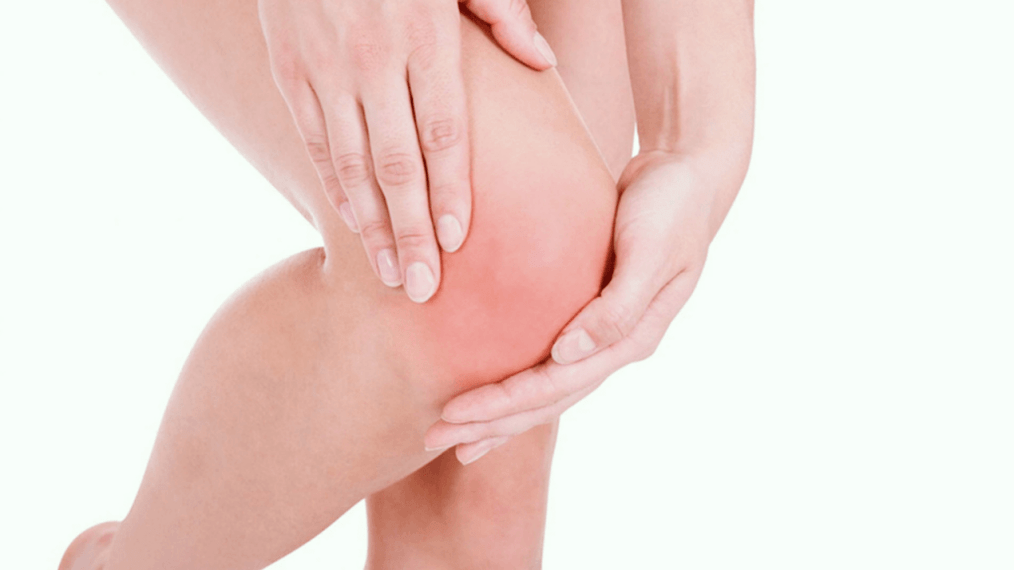With age, the cartilage texture of various joints is gradually deteriorated, which is accompanied by the destruction of the joint capsule itself and the elements of the surrounding capsule. Osteoarthritis of the knee combination (gonarthrosis) is called the degradation of the knee cartilage.Initially, the disease is accompanied by pain, which can then cause significant restrictions of actions and even disabilities.
Osteoarthritis of the knee combination (gonarthrosis) is called the degradation of the knee cartilage.Initially, the disease is accompanied by pain, which can then cause significant restrictions of actions and even disabilities.
Knee Artosis Symptoms
The main symptom of the arthrosis is rarely in the knee, a regular or endless pain.The most common symptoms:
- Pain moves stairs when changing the position;
- pain in rest;
- Stiffness on the knee after sleep - to a short time, then up to 30 minutes;
- Pains, hurts, acute sound;
- Problems related to the movement of knee combination are rarely - not bending the knee;
- visual deformation of knee joint;
- nearby skin swelling;
- chaotic (a characteristic symptom of an advanced stage).
4 degrees Pathology
The manifestation of symptoms depends mainly from the stage of development of the disease.For example, in the first stage, the patient could not feel pain, but the pain in 4 pathology on stage is pronounced and the actions are very difficult.The development of pathology is divided into 4 degrees:
- First, the absence of such symptoms, but in an X-ray period doctor can discover small deviations from the normal state.
- Second, it is primarily episodic pain in physical activity, change position, squat or change stairs.
- Third, the pain is severe and always happens in rest.In this case, the walk is possible only using a cane.An important shrinkage of an X-ray space, the spread of the degeneration of meniscus and the spread of bone tissue.
- Fourth, the actions on the knee are difficult or even impossible.X-ray shows the complete destruction of cartilage tissue, sometimes the bones begin to leak together.
Important!Even if you feel random pain in the knee combination, you should receive x-ray.If the disease is discovered early, the chances of recovery are more.
Diagnosis of the disease: where to go
The diagnosis is becoming a sick therapist, then a orthopedist, rheumatologist, rheumatologist, rheicapists (depending on the direction).The diagnostics cover the interview, the patient's investigation and a number of procedures:
- General blood and urine analysis;
- X-ray;
- Calculated Tomography;
- Mri;
- The joint capsule of the knee, as well as neighboring structures - muscle texture, ultrasound to study tendons;
- Joint puncture (liquid collection for analysis);
- Arthroscopy (playing for the exact diagnosis of a small camera).
Treatment of arthrosis of knee combination
The treatment course is appointed by the doctor.If the disease has not developed, conservative therapy (without surgery) can be used.In this case, medications and physiotherapy procedures are shown.As a rule, the treatment is complicated - the patient will use drugs from different groups:
- Non-steroid anti-protection drugs for pain relief - Diclofenac, ibuprofen and drugs based on them;
- Hormonal medicines (corticosteroid group) - used in case of ineffective drugs;
- Antispasmodicas - "Tolperison" and its analogue;
- Chondroprotants - Stimulating medications that stimulate the process of restoring cartilage tissue: "Chondroitin Sulfate", "glucosamine" and separately;
- Oxygen stimulates blood-saturation with nutrients and blood flow ("Pentoxiflinline", "Nichotic acid" and others) improving drugs.
Drugs are used in different forms - external (ointments, gels), oral (tablets), intramuscular and intraqual (needles).In addition to drugs, if necessary, the doctor can determine the following procedures:
- Shock wave therapy;
- magnetic therapy;
- Laser therapy;
- Electromotherapy;
- phonophoresis;
- ozone therapy.
In extreme cases, the use of medications and procedures for a long time, and if the disease is severely developed, the treatment is only possible through the operation.Several types of operations are possible:
- Osteotomy - Surgeon changes a corner to reduce the total burden in knee extraction;
- Arthrodesis - In this case, the doctor decreases the pain, eliminating movement and reduces the pain, which eventually reduces the pain that man can lead;
- Endoprostetics - completely replacement with the prosthesis of the affected compound.



















